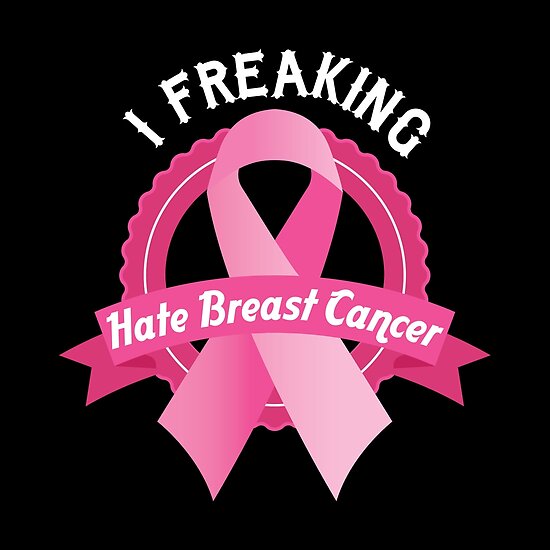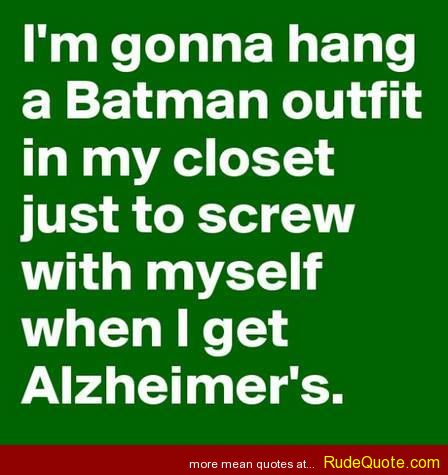Dad’s diagnosis of Alzheimer’s stayed hidden
from everyone until I took over the medical administration of my parents in 2015.
Once I found out, there was a deafening silence from most of the people I know
even though virtually all of them would add, “My _____ had Alzheimer’s…” But
there was little help, little beyond people sadly shaking heads. Or horror stories.
Lots of those. Even the ones who knew about the disease seemed to have received
a gag order from some Central Alzheimer’s Command and did little more than mumble
about the experience. Not one to shut up for any known reason, I started this part
of my blog…
When the governor of Minnesota, the state I live in, announced that Sheltering-In-Place
was going to be mandatory, I had a sudden image of what the COVID-19 pandemic
would be like for Mom (who had age-related dementia) and Dad (diagnosed Alzheimer's in 2014).
It wasn’t pretty.
All long term care facilities have closed their doors,
allowing employees only to enter and leave. Mom and Dad lived in one moving in 2015,
starting in assisted living. They could come and go as they chose, but as Mom’s
health deteriorated, she stayed in more than she went out. Finally, she’d
broken down so far that we convinced them both to move into Memory Care – because they
provided Hospice Care and there was a good chance she was going to need it.
She died in 2016; dad followed three years later.
Toward both of their ends, there was a lot of delusion, a lot of imagination, a
lot of confusion that only increased until they each went to meet their maker.
That confusion was about normal, everyday things – meals, times, years,
seasons, objects…
When I think of trying to explain the COVID-19 global pandemic to them, it gives
me a headache. Especially when with Dad, I would be bound to explain it every
single day – like how to work his TV or his phone or his clock...or that Mom had died weeks/months/years earlier – and he would
forget twenty minutes later and call to tell me his TV wasn’t working or he’d
lost his keys or his wallet.
How are families dealing with it?
“‘He hears the news, knows that routines have changed, sees that kids
and grandkids are home from school or lost a job, but ‘coronavirus’ and
‘COVID-19’ don’t register.’ It can be heartbreaking and difficult to explain this
pandemic to your loved ones and know what to do.”
And what happens when the facility shuts down to visitors? I can’t
imagine what I would have done if I couldn’t have gone to see Dad two to seven
times a week! (I would have drawn on the assurance that my siblings would take
care of him. He was fine when I went to South Korea for four weeks to see my son,
daughter-in-law, and grandkids. Dad had been stationed in Japan during the
Korean Conflict, so he had an anchor to place me as “away”.) That might have helped during this time as well – explain that I’ll be away and will call as I can…
“It’s important to communicate changes that may cause anxiety or upset
a person living with dementia. If you are unable to visit, let the person know.
Set up a plan and create a new habit. This will help them to grow accustomed to
new changes. Reassure them that you will keep in touch in other ways. The
reasons why you can’t visit will be secondary and can be explained simply if
needed.”
And the whole “Wash your hands; wash your hands; wash your hands” thing?
“Walk through the process with them, saying each step at a time…Use
your hands to model what needs to be done and use a soothing tone…Since
frequent handwashing can dry out skin, keep a moisturizer on hand, especially
because older loved ones may already have delicate and fragile skin…Accept that
people will touch their faces and just do the best you can with distractions.”
All in all, anyone reading this whose parents have Alzheimer’s or other
dementias, you have my deepest sympathy. If you need to talk, you can leave a
message. I'd be happy to be a shoulder to cry on...



